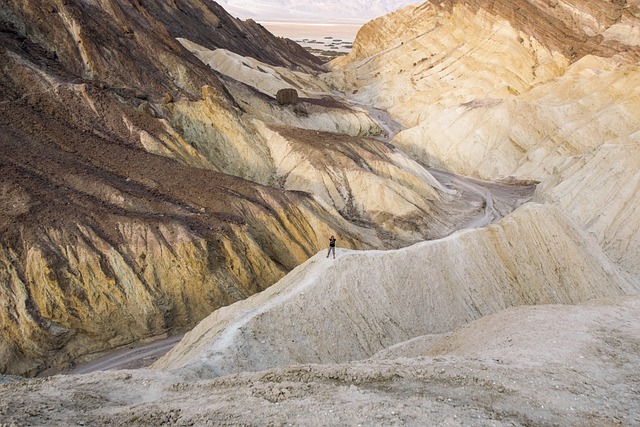The landscape around us is not as static as it seems; it is constantly being shaped by powerful natural forces. One of the most compelling and visible signs of climate change can be observed in the formation of U-shaped valleys, a remarkable feature that tells a story of glacial movement and the warming world we inhabit.
U-shaped valleys are formed by the relentless grinding of glaciers as they advance and retreat, carving deep troughs into the Earth. As the glaciers melt at an alarming rate due to rising global temperatures, these valleys become both a stunning natural wonder and a stark reminder of the environmental changes we face.
As we explore these magnificent U-shaped valleys, we cannot help but feel a connection to our planet’s history. Each valley represents centuries, if not millennia, of geological processes, yet they are now being altered in a matter of decades. The melting glaciers that once nurtured these valleys are receding, producing an undeniable visual evidence of climate change. With this shift, we witness not only changes in landscapes but also in ecosystems that rely on glacial meltwater for survival.
In areas where glaciers have shrunk, we see the impacts on local wildlife and plant life. The U-shaped valleys, once teeming with diverse species, experience shifts in biodiversity. Freshwater ecosystems are altered, affecting fish populations and the birds that depend on them. The implications of these changes extend beyond the immediate environment, influencing the livelihoods of communities that rely on the natural resources found in these landscapes.
Moreover, the visibility of U-shaped valleys presents an opportunity for education and awareness. As more people witness the stark changes in glacial regions, they are prompted to reflect on their own carbon footprints and the lifestyle choices contributing to climate change. There is a burgeoning movement to protect these natural wonders, fueled by the realization that preserving such environments is crucial not just for the aesthetic beauty they provide, but for the well-being of our planet.
As we continue to study U-shaped valleys and the surrounding ecosystems, we gain insight into our environment’s health. These valleys serve as both a barometer for climate change and an impetus for urgent action. Every inch of glacier that pulls back signifies a call to protect what remains and adapt to the changes ahead.
In the face of climate change, U-shaped valleys stand as both a symbol of loss and a testament to resilience. As they evolve, we must not only seek to understand their formation but also embrace the responsibility to act. The melting glaciers may reshape our landscapes, but they also inspire us to come together, advocate for a sustainable future, and ensure that these natural wonders endure for generations to come.



